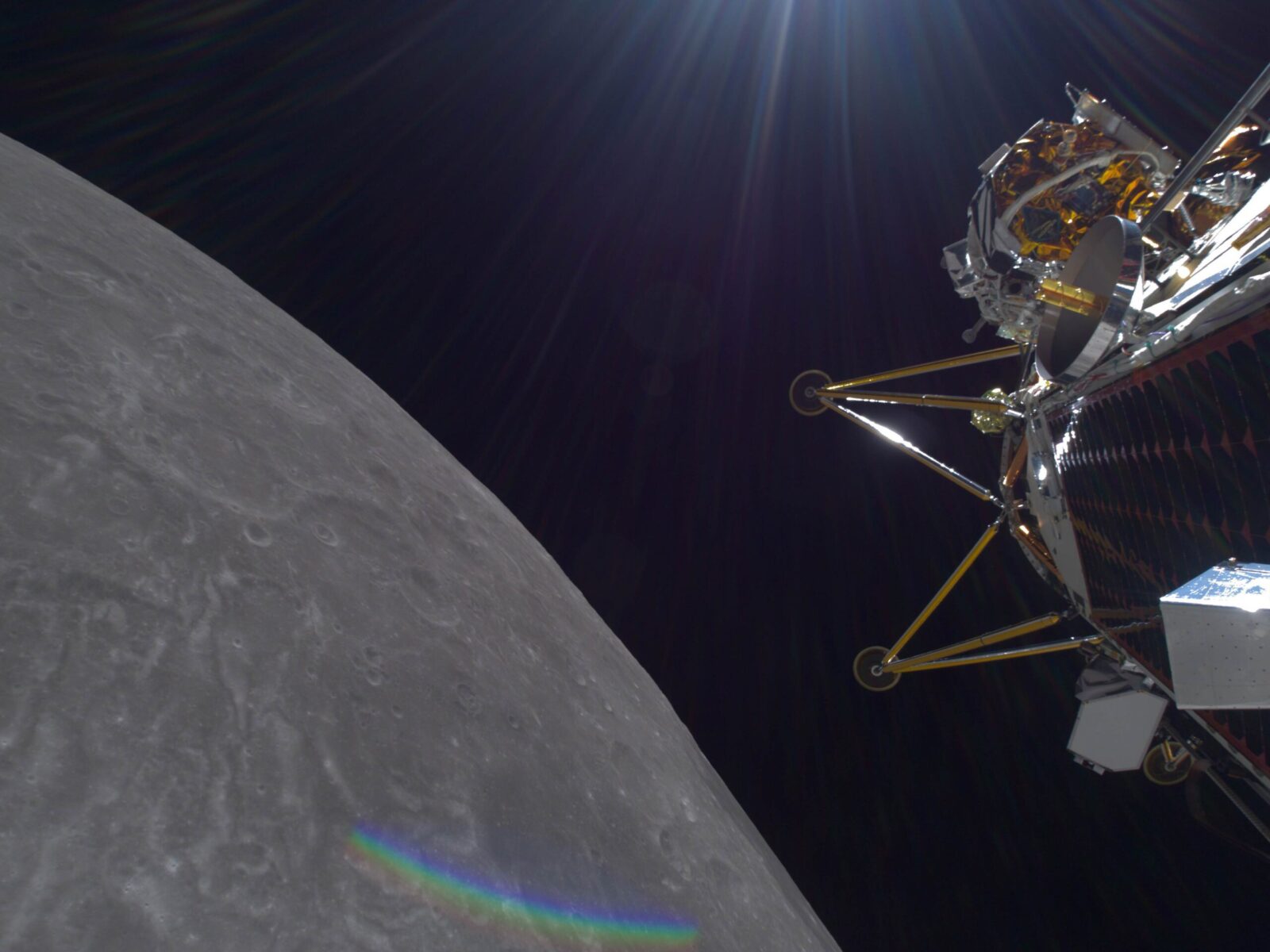Stay Up to Date
Submit your email address to receive the latest industry and Aerospace America news.
Intuitive Machines’ Athena lander is pictured in lunar orbit a few days before its landing in March. Credit: Intuitive Machines
As Intuitive Machines engineers plan for their third attempt at a lunar landing early next year, the Houston company’s chief technology officer and co-founder is feeling some urgency to make sure that this one goes according to plan.
“The pressure’s on,” said Tim Crain, whose company’s first two spacecraft, Odysseus and Athena, tipped over upon landing.
The stakes are high for more than just Intuitive. So far, only one of the four robotic landers launched and partially funded under NASA’s Commercial Lunar Payload Services program can be deemed a complete success: Firefly Aerospace’s Blue Ghost, which flawlessly carried out its two-week mission in March. The other three spacecraft ran into trouble en route to the moon or on the surface: Astrobotic Technology concluded its Peregrine Mission One early in 2024 while the lander was still in transit, after a propellant leak ruled out a landing. Intuitive Machines has reached the moon twice in separate missions, but both landers experienced hard landings that caused them to tip over. However, they transmitted some data while resting on their sides — seven days’ worth for the IM-1 mission in early 2024 and less than an hour for IM-2 in March.
Now, Crain and his engineers are sifting through lessons learned from those first two missions. In both cases, the problem stemmed in part from issues with the laser rangefinders that were supposed to show the vehicles’ distance to the lunar surface. However, Crain noted that there was some improvement. Odysseus required some lunar orbit corrections prior to its landing, but IM-2 was a “smooth-sailing mission” until the laser problems that contributed to the Athena lander touching down near the edge of a crater. Given that progress, he’s confident that IM-3 has a high likelihood of success.
“The good thing is, the pressure’s on for a fairly narrow piece of the mission,” he said. “It allows us to focus our energies on mastering this last piece that eluded us on this last mission.”
Tentatively scheduled to launch in early 2026, IM-3 is to send a yet-unnamed Nova-C lander to Reiner Gamma, a flattened oval on the moon’s western edge. The lander is largely similiar to those used for the previous missions, with the same propulsion and primary structure. However, Intuitive has made a few tweaks, so “the bird is just built better” overall, as Crain put it.
On IM-1, controllers discovered after the launch that the laser rangefinder was mistakenly switched off on Earth, and there was no way to flip the switch remotely while Odysseus was en route to the moon. So for IM-2, extra checks were done to ensure that mistake wasn’t made twice, and mission planners also allotted additional time for calibrating the lasers once the lander was in lunar orbit. This meant that Athena made three passes over the landing site before its final descent, instead of the single one that Odysseus completed.
But Athena’s rangefinder was detecting optical signal noise even when the laser wasn’t firing. Normally, the laser’s reflected light is picked up after it bounces off the moon’s surface to determine the lander’s precise altitude. Instead, “the measurements were all over the place,” Crain said. “We spent all three orbits trying to troubleshoot those measurements and were unable to get a clean signal through.”
At that point, they had to make a decision: They could stay in orbit for up to another 11 days to try to calibrate the lasers. But that would have required shifting the landing site, because with each orbit, the ground track beneath the lander changed as the moon rotated. That new landing location would have been outside of the lander’s onboard optical navigation maps, which showed crater landmarks to assist the landing software with horizontal navigation.
So, they decided to land while they still had crater map coverage of the original landing area, hoping that the laser signal noise would change as Athena descended. But it didn’t, and the lander hit the surface hard, traveling at 10 to 13 meters per second because Athena’s software judged the vehicle to be still some 400 meters above the surface and looking at a forward landing site.
Based on these lessons, the IM-3 lander is to carry an extensive crater map library for its landing software to reference. Intuitive also plans to conduct 12 lunar orbits prior to landing instead of three, in case even more time is needed to calibrate the lasers.
IM-3 will also carry redundant laser rangefinders to assist in the multiple landing stages: First is the high-altitude phase, in which the lander descends from 15 kilometers to 5 km above the surface, braking and positioning its engines in a horizontal orientation. Then comes the low-altitude phase, where the vehicle orients its engines vertically to prepare for touchdown. The primary and redundant rangefinders will be provided by two separate vendors, Crain noted.
As for the signal noise, the team is still evaluating why it occurred. There was no indication of dust or contamination on the lens, Crain said, so they think the problem may have been with the detector itself. Tests and analysis are still underway to confirm this hypothesis.
Before IM-3 launches, Intuitive plans to flight-test the rangefinders on Earth: the high-altitude versions bolted on a fixed-wing airplane and the low-altitude versions on a helicopter, Crain says. Similar tests were conducted for the IM-2 rangefinders and for previous NASA lander concepts that Crain worked on in his previous role as a flight dynamics leader for a lunar lander development program, prior to co-founding Intuitive Machines.
In addition to correcting the previous rangefinder issues from IM-2, the IM-3 team is examining other aspects of the landing phase, such as ground contact conditions, vehicle stability and landing gear durability, Crain said.
“We’ve revisited many aspects of the landing to not take it for granted that we’ll solve this one issue, only to be bit by one that’s hidden behind it,” he said. “That final phase — that powered descent and landing — is really the most challenging part of the whole mission.”
About Keith Button
Keith has written for C4ISR Journal and Hedge Fund Alert, where he broke news of the 2007 Bear Stearns hedge fund blowup that kicked off the global credit crisis. He is based in New York.
Related Posts
Stay Up to Date
Submit your email address to receive the latest industry and Aerospace America news.




